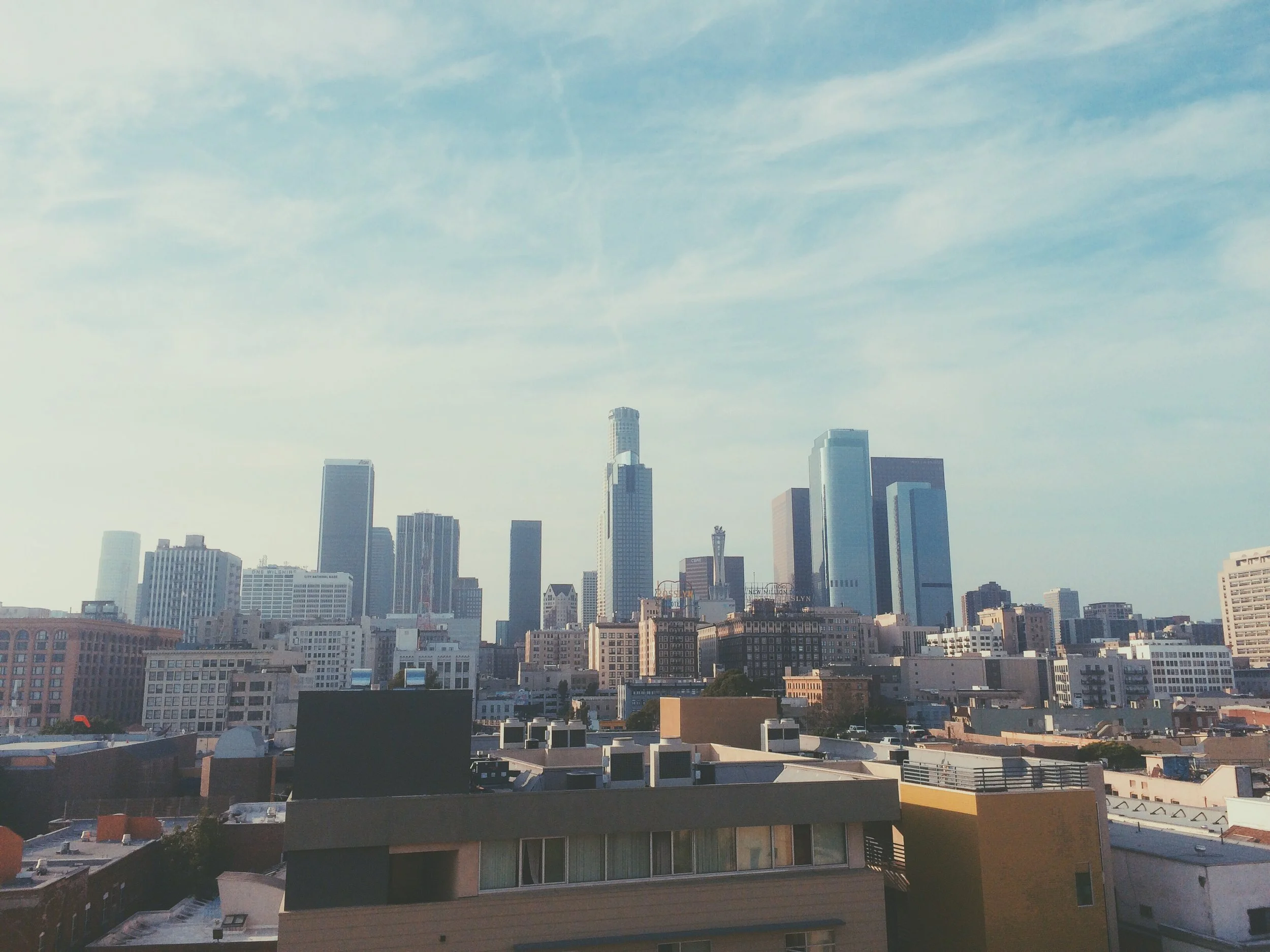urban planning
〰️
urban planning 〰️
“I am no longer accepting the things I cannot change. I am changing the things I cannot accept.”
~ my journey into urban planning ~
hong kong
I was born and raised in Hong Kong, one of the most densely populated cities in the world and a microcosm of globalization and diversity. For many years, I walked amongst looming skyscrapers in a concrete jungle, jostled my way through swarming subway and night market crowds, and spent many nights looking across the harbor to admire the dazzling skyline. Despite the cacophony of overcrowded dim sum restaurants, street vendors jostling for customers and honking cars stuck in traffic, I knew that because I came from the city, the city was where I belonged.
los angeles
When I moved to Los Angeles for college, I was introduced to a whole new city. Soaring skyscrapers were replaced by urban sprawl, efficient public transportation by endless highways, and highly integrated urban life by segmented pockets of culture. However, as I later realized, both cities shared similar problems.
As I pursued a degree in journalism, I gradually developed an intimate understanding of the social issues in Los Angeles. I talked to students close to dropping out of school, small business owners forced to close their shops due to gentrification, and poor families unable to access healthy food and affordable health services. Their stories revealed to me the structural injustices that prevented many of them from achieving a high quality of life. Furthermore, their struggles reflected how “development” and “growth” often relegated the less privileged to the margins, thus creating communities that were inequitable and disinvested in.




